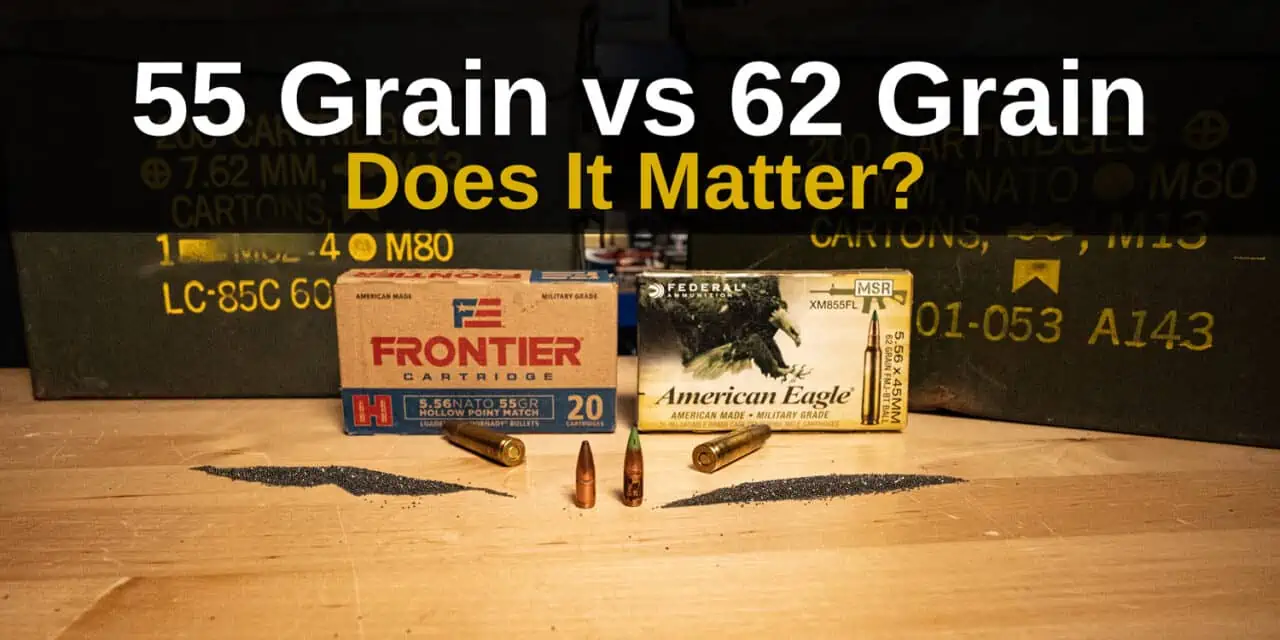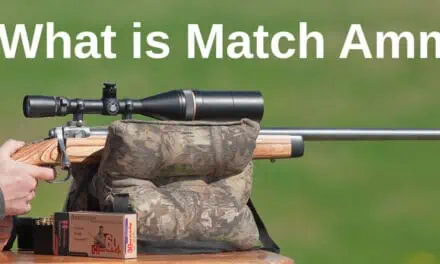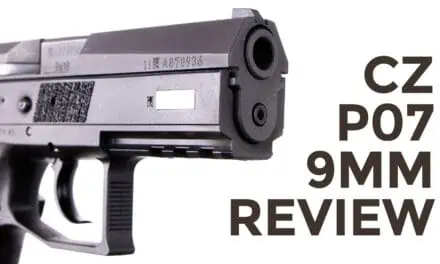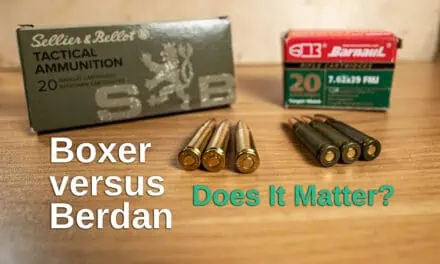The .223 Remington cartridge, as well as its military counterpart the 5.56x45mm NATO, is one of the most diverse rounds available to shooters. Shopping for 223 or 5.56 ammo today, manufacturers load most options with 55 grain or 62 grain bullets. Does it matter which you pick and what is the difference in performance you should expect from 55 grain vs 62 grain?
223 and 5.56 Bullet Weights
223 and 5.56 comes in a broad range of bullet weights, from 35 grains to nearly 80 grains. The military largely uses M193 (55 gr.) and M855 (62 gr.) bullets. There are even rounds packing a 112-grain .223 bullet.
But the most common weights are 55-grain rounds and 62-grain rounds. 55 is the standard, and makes up a large portion of the market, while 62 grain is a popular option thanks to its well-balanced power and performance.
AR-15 and other rifle shooters often debate whether they should buy 55 grain or 62 grain 223/5.56 ammo for their specific needs. Selecting the ideal cartridge starts by looking at the performance of these two common weights.
55 Grain vs 62 Grain: A Performance Comparison
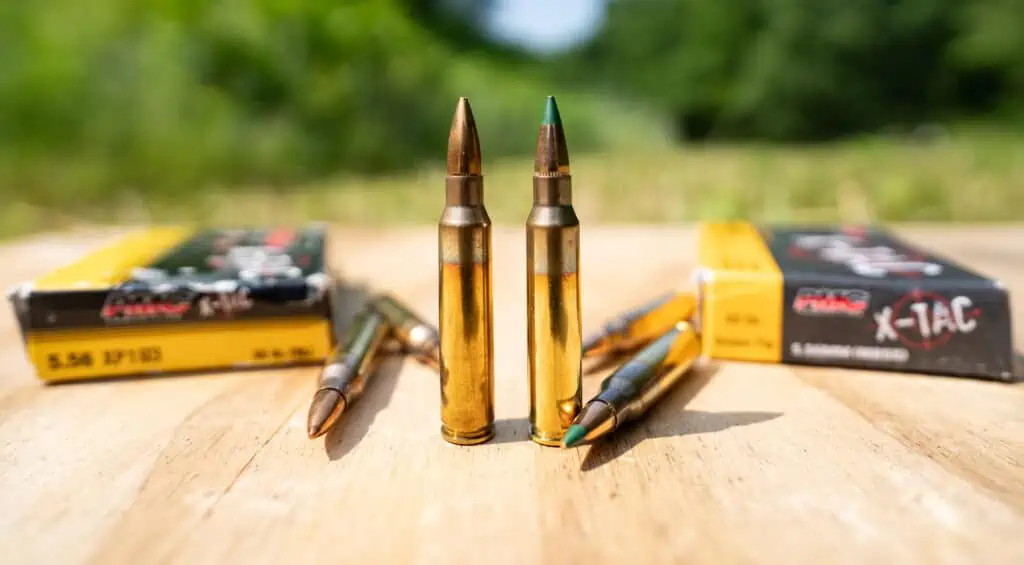
There are hundreds of products for .223 Remington shooters. Looking at eight total (four 55-grain and four 62-grain) may be a small sample size, but it helps us understand the general velocities and energies for this popular rounds.
55 Grain vs 62 Grain Ammo: Velocity
| Muzzle Velocity (fps) | 100 yard Velocity | 200 yard Velocity | |
|---|---|---|---|
| 55-grain Trophy Copper (Federal) | 3,240 | 2,915 | 2,613 |
| 55-grain FMJ (Winchester) | 3,240 | 2,837 | 2,468 |
| 55-grain Frontier (Hornady) | 3,240 | 2,837 | 2,468 |
| 55-grain X-TAC (PMC) | 3,270 | 2,898 | 2,555 |
| Average for 55 Grain | 3,248 | 2,872 | 2,526 |
| 62-grain Fusion SP (Federal) | 2,750 | 2,463 | 2,194 |
| 62-grain USA Ready (Winchester) | 3,065 | 2,630 | 2,235 |
| 62-grain FMJ Black (Hornady) | 3,100 | 2,751 | 2,428 |
| 62-grain X-TAC (PMC) | 3,100 | 2,762 | 2,449 |
| Average for 62 Grain | 3,004 | 2,652 | 2,315 |
55-grain rounds, as we can see from the above statistics, tend to be faster. They often have higher muzzle velocities, and tend to maintain that velocity downrange. The fastest round in our sample was the 55-grain X-TAC, but it did not keep its speed as well as the Federal 55-grain Trophy Copper. Two 62-grain products, however, had 200-yard speeds that competed with the 55-grain rounds.
The 62-grain products are not slow. But for overall speed, it would appear the 55-grain rounds will, for the most part, be the superior option.
55 Grain vs 62 Grain Ammo: Energy
| Muzzle Energy (ft-lbs) | 100 yard Energy | 200 yard Energy | |
|---|---|---|---|
| 55-grain Trophy Copper (Federal) | 1,218 | 1,038 | 834 |
| 55-grain FMJ (Winchester) | 1,282 | 983 | 744 |
| 55-grain Frontier (Hornady) | 1,282 | 983 | 744 |
| 55-grain X-TAC (PMC) | 1306 | 1026 | 797 |
| Average for 55 Grain | 1,272 | 1,008 | 779.75 |
| 62-grain Fusion SP (Federal) | 1,041 | 835 | 663 |
| 62-grain USA Ready (Winchester) | 1,293 | 952 | 687 |
| 62-grain FMJ Black (Hornady) | 1,323 | 1,042 | 826 |
| 62-grain X-TAC (PMC) | 1,323 | 1,050 | 826 |
| Average for 62 Grain | 1,245 | 969.75 | 750.5 |
The results here are somewhat surprising and need a bit more analysis. One could assume that the heavier rounds would deliver a stronger punch, but the 55-grain cartridges actually had higher averages for energy.
However, the 62-grain rounds seemed to be dragged down by the Federal Fusion SP rounds. The other two hovered around 1,300, while the Fusion 62-grain product was closer to 1,000. The two most powerful were 62 grains, while the weakest was also 62 grains.
If you took the Fusion SP out, the 62-grain rounds would have better energies than the 55-grain round. However, the advantage would be minimal.
While the averages were better for the 55-grain rounds, it’s safe to say that anyone who needs stronger energies from their .223 cartridges will be better suited with a 62-grain product.
Long-range Accuracy and Trajectory
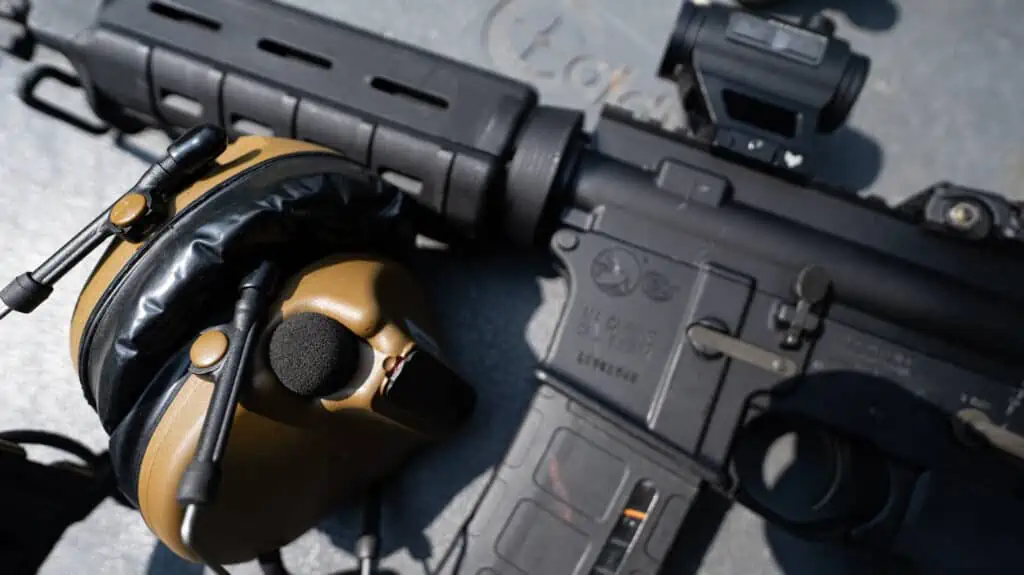
Many .223 Remington rounds are used for long-distance shooting, especially target shooting and competition. Because of lower energies, they tend to be less useful for hunting, although varmints and small game are still viable long-distance targets for .223 Remington. (Hunting medium size game should be done only at closer distances.)
If simply placing a bullet on target is the goal, you’ll likely find that 55-grain cartridges provide superior performance. For example, we can look at the X-TAC products from PMC, which have almost no physical difference except bullet weight. When zeroed to 100 yards, the 55-grain round drops 2.6 inches at 200 yards. The 62-grain drops 3.1; only a half-inch difference, but a difference nonetheless. At 300 yards, the 55-grain drops 10.6, while the 62-grain drops 11.9. Again, not a massive difference, but for elite target shooting, every fraction of an inch matters.
Barrel Twist Rate for 55 Grain or 62 Grain .223 Ammunition
Pairing the bullet size to the ideal twist rate is an important factor when you are choosing bullets. Depending on the twist rate you have in your rifle, you may actually find better performance from one or the other.
There is a lot of overlap with these two bullets. Both perform well with 1-in-10 and 1-in-12 twist rates. A 1-in-9 twist rate, however, is probably too tight for 55-grain bullets. When you start to approach 1-in-8 or tighter, you will likely find that these are best suited for 62-grain bullets.

